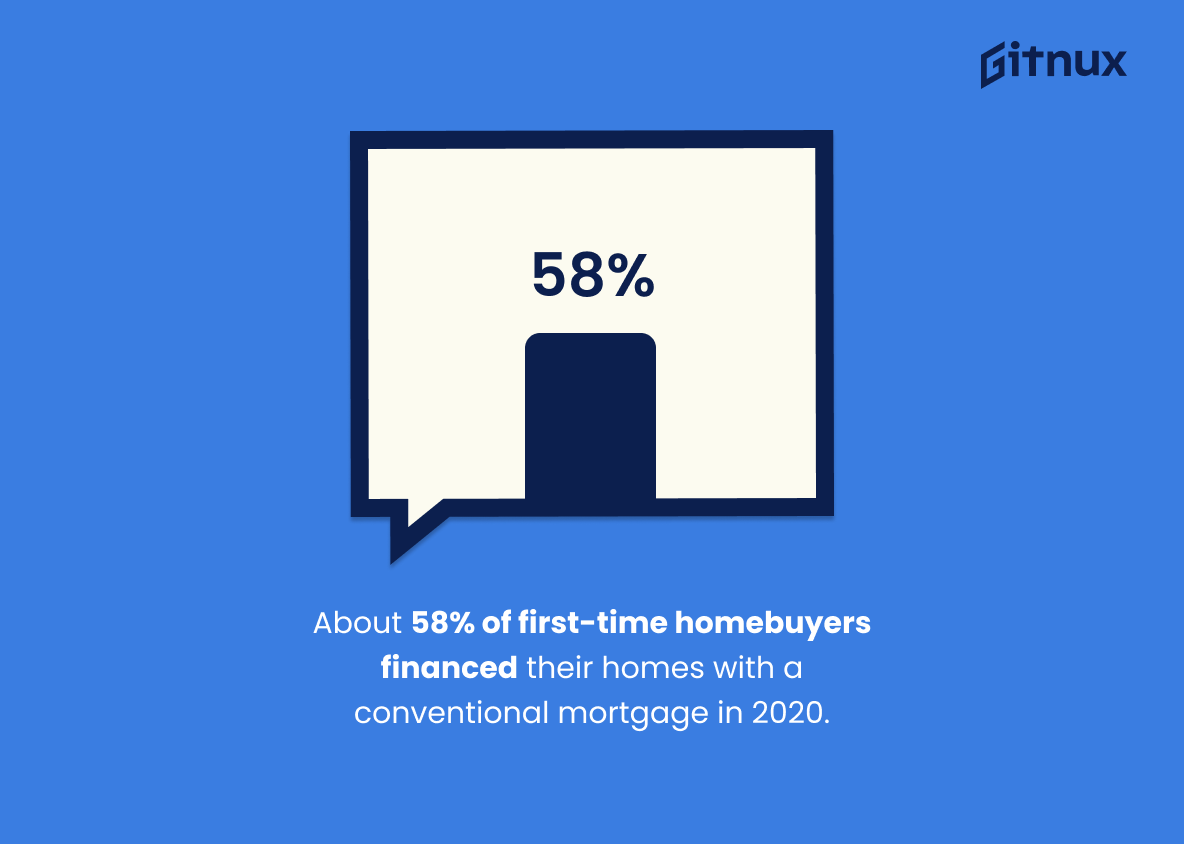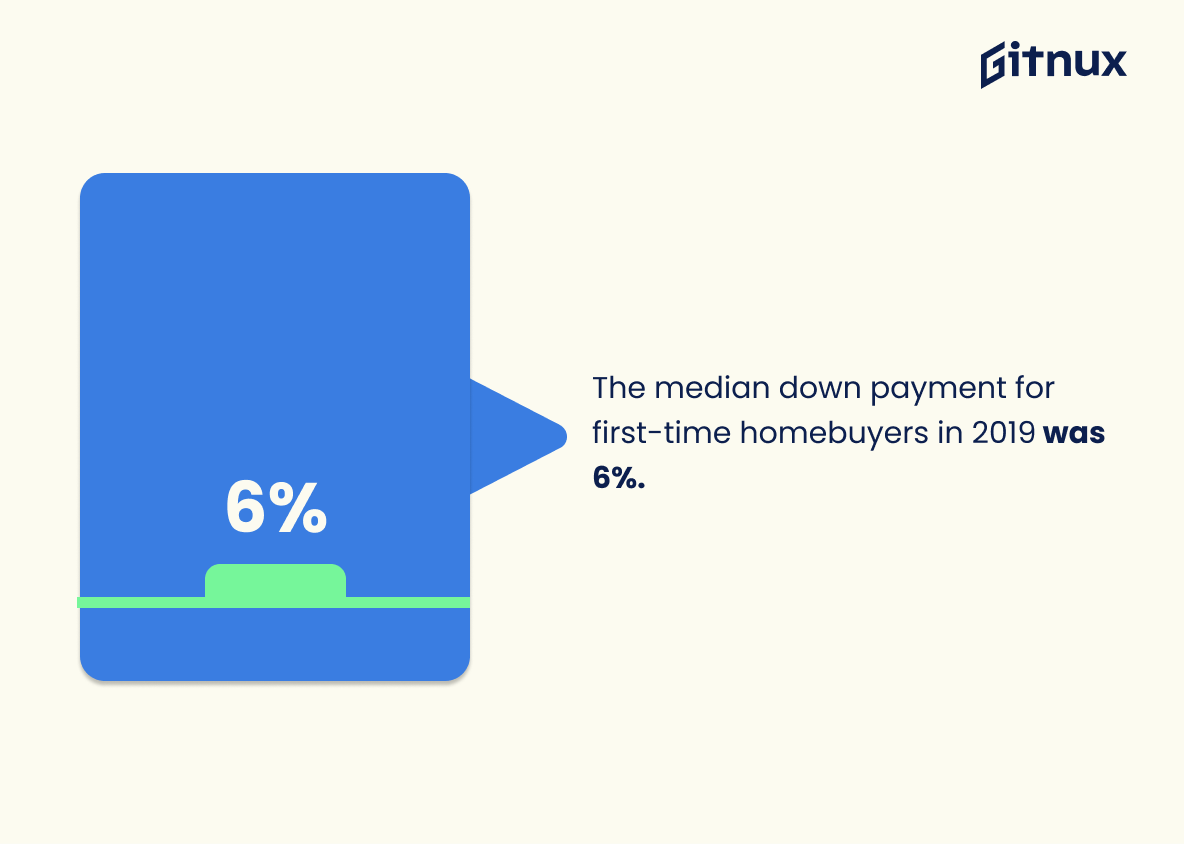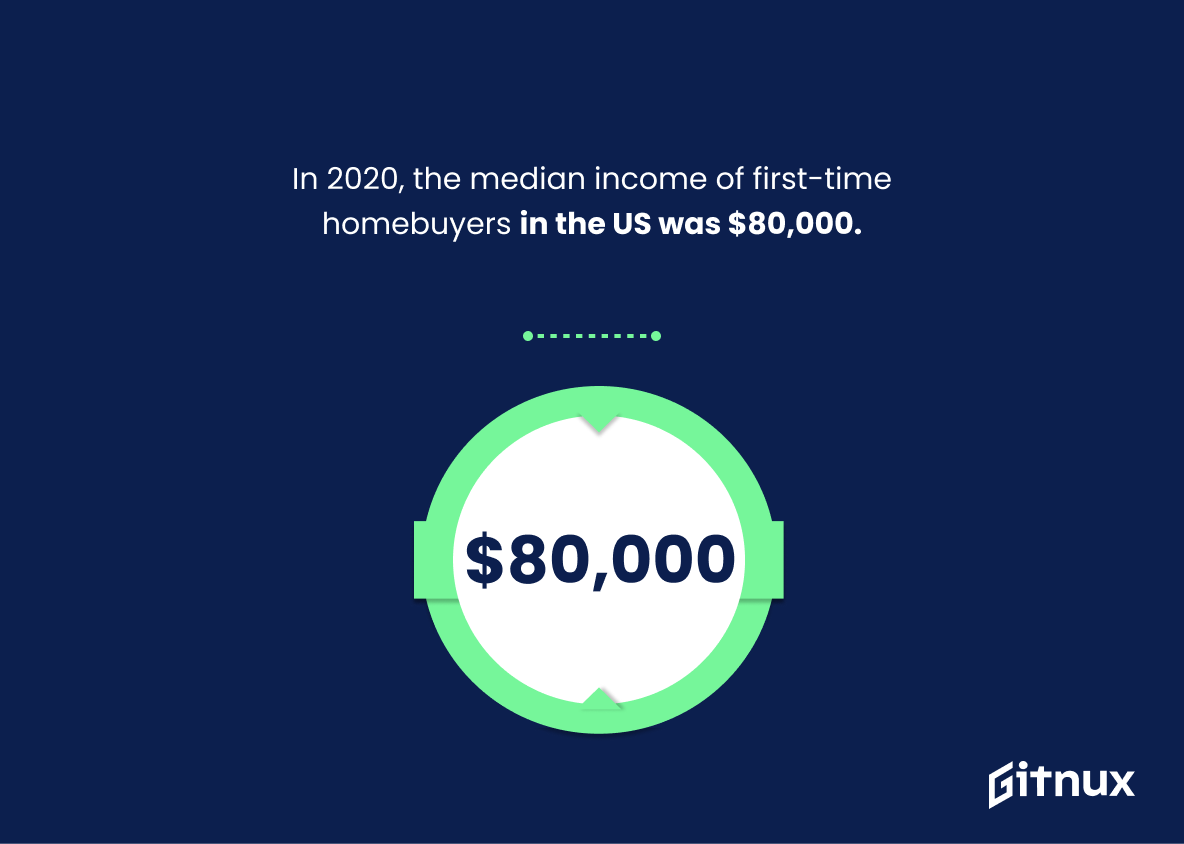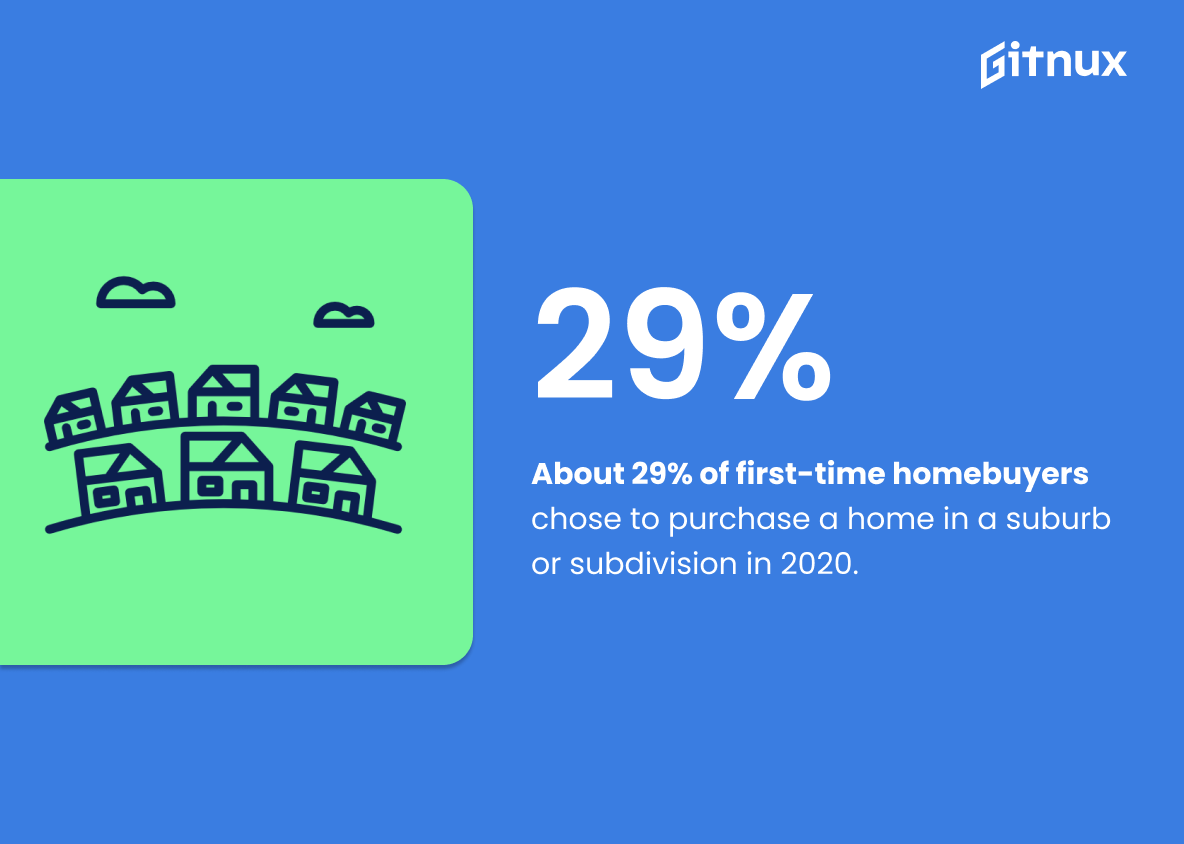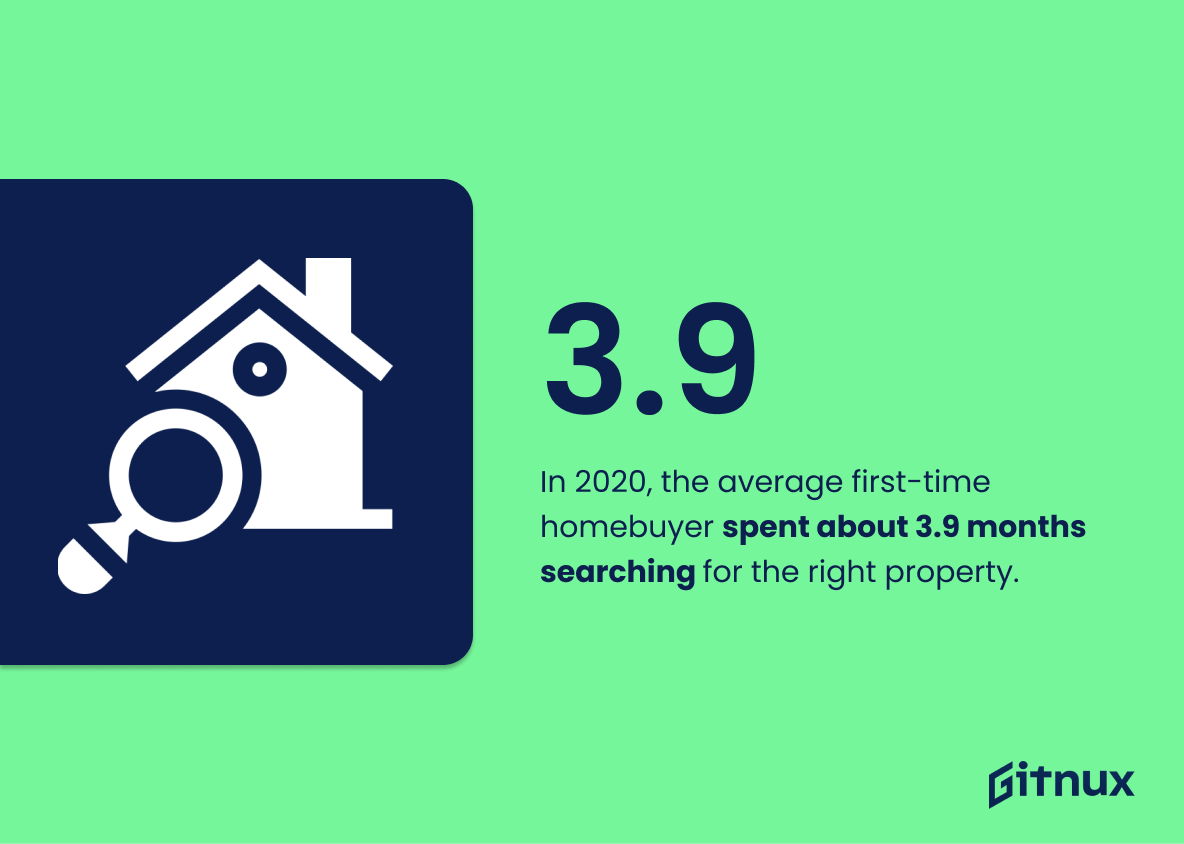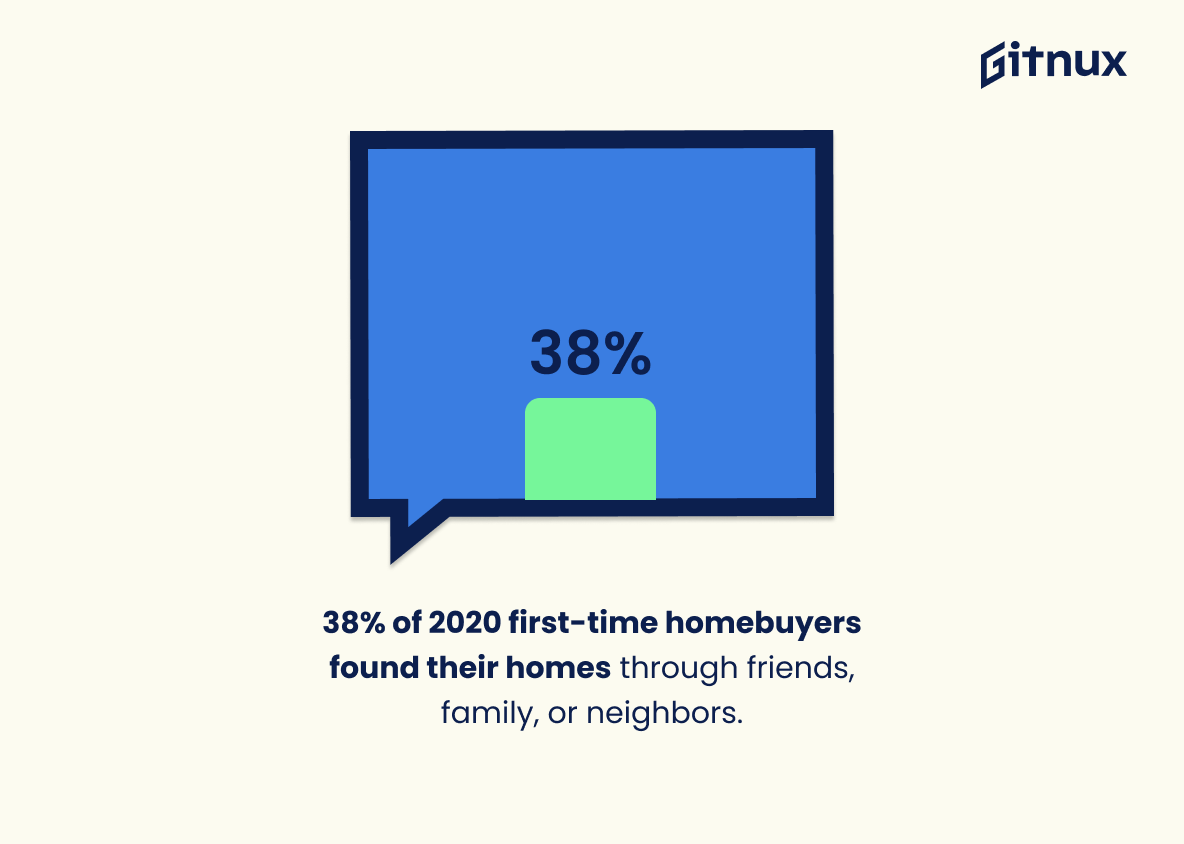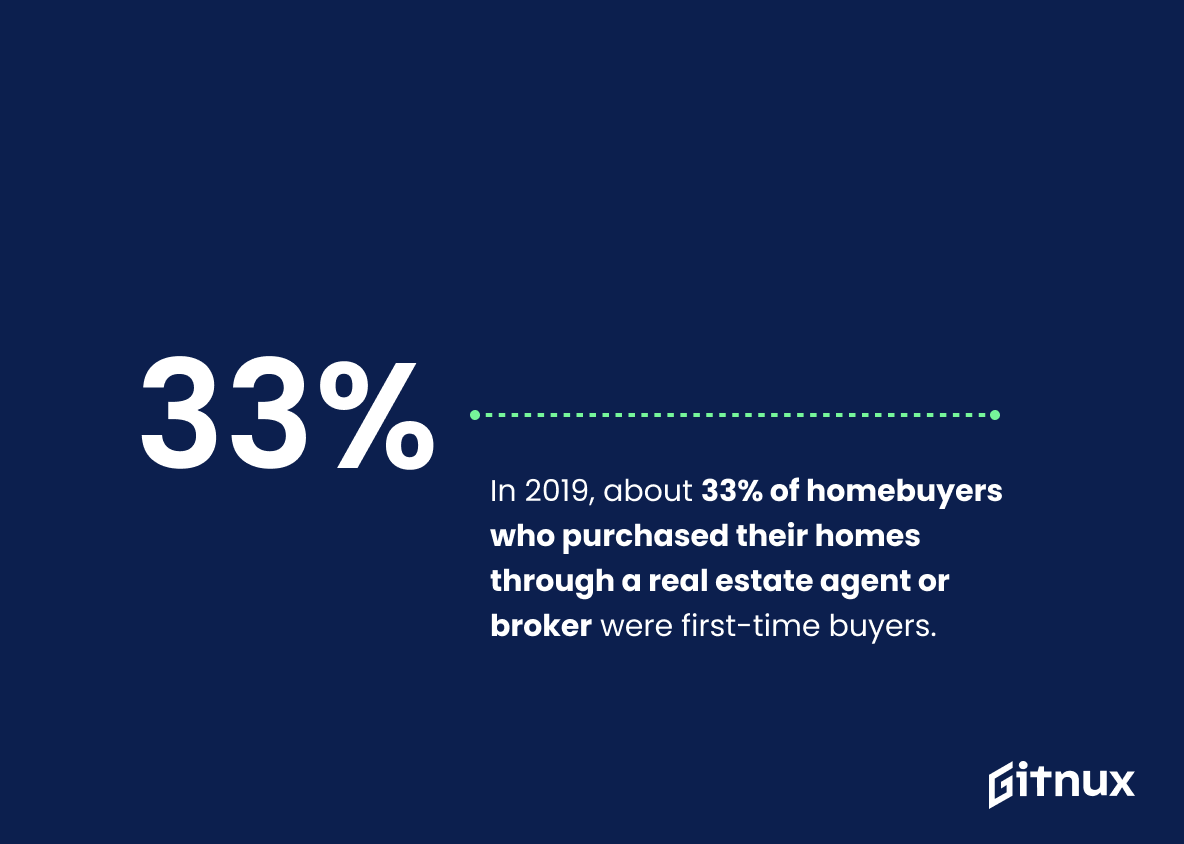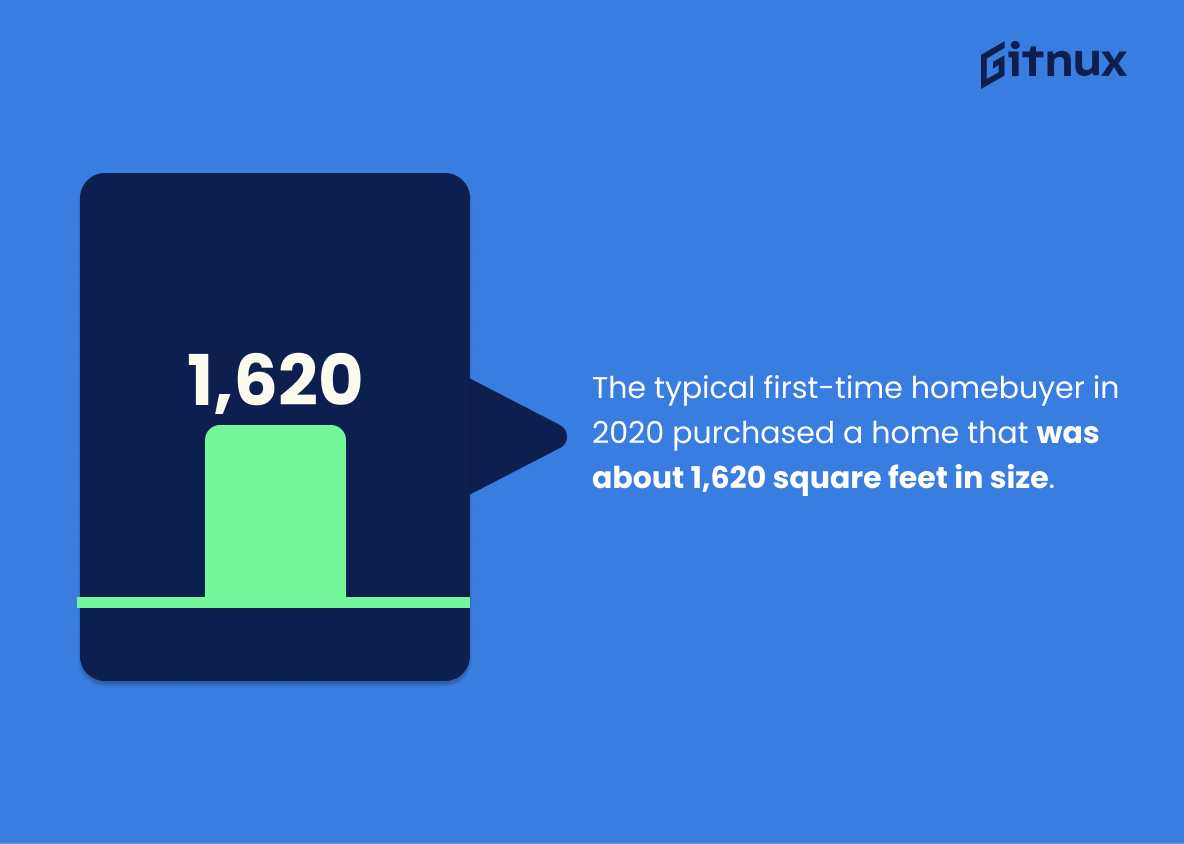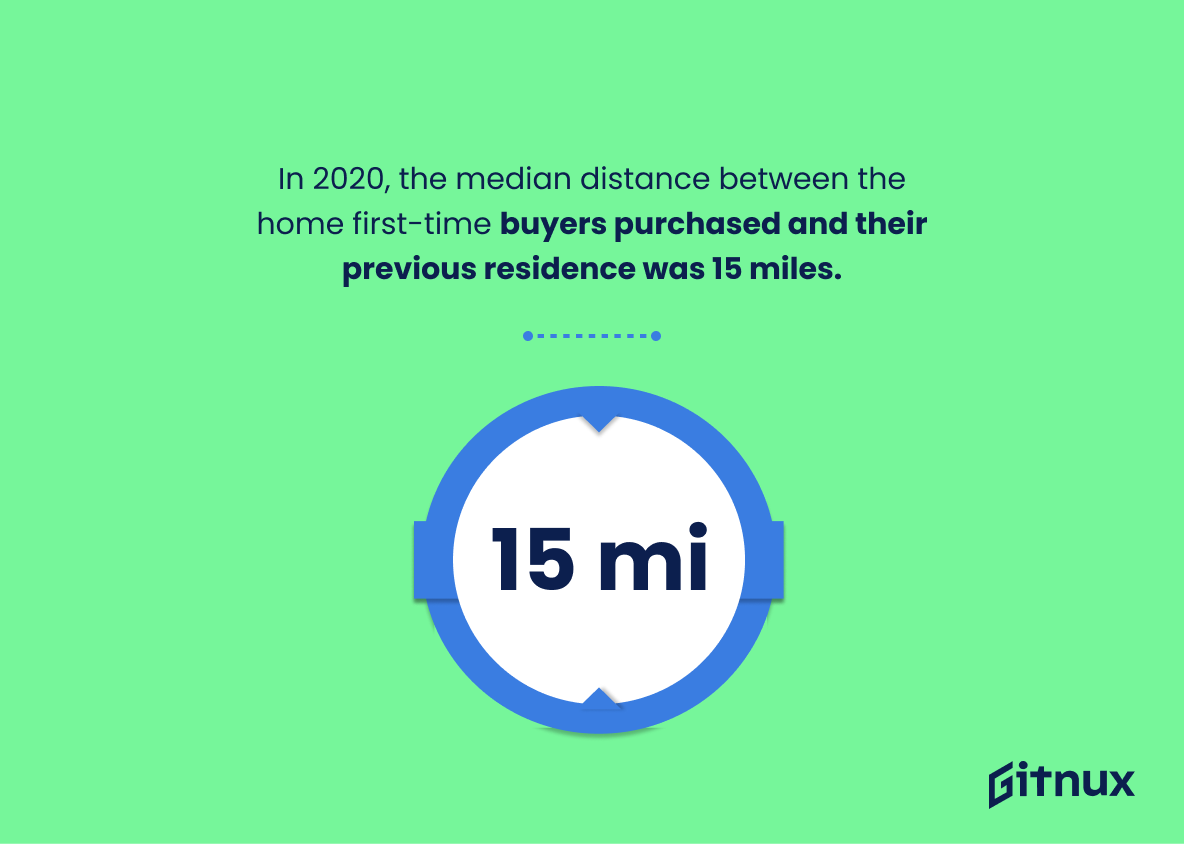Are you considering buying your first home? If so, it’s important to understand the current trends in the housing market. In this blog post, we’ll take a look at 20 statistics about first-time homebuyers that will help give you an idea of what to expect when entering into the real estate market. From median income and down payment amounts to age ranges and loan types, these stats provide valuable insight into today’s buyers. Read on for more information.
First Time Home Buyer Statistics Overview
As of December 2020, the median age for first-time homebuyers in the US was 33 years old.
This statistic is significant in the context of a blog post about First Time Home Buyer Statistics as it provides a snapshot of the current state of the market. It reveals that the average age of first-time homebuyers is 33, indicating that the majority of those entering the housing market are relatively young. This is important to consider when discussing the challenges and opportunities that first-time homebuyers face, as age can be a factor in the type of home they can afford and the type of mortgage they can qualify for.
About 58% of first-time homebuyers financed their homes with a conventional mortgage in 2020.
This statistic is significant in the context of first-time homebuyers because it reveals the prevalence of conventional mortgages among this demographic. It indicates that the majority of first-time homebuyers are relying on conventional mortgages to finance their homes, which suggests that this type of loan is a popular option for those entering the housing market. Furthermore, this statistic provides insight into the financial decisions of first-time homebuyers, which can be useful for those looking to purchase a home in the future.
In 2019, only 13% of first-time homebuyers relied on a monetary gift from their family as a down payment source.
This statistic is significant in the context of first-time homebuyers because it demonstrates that the majority of them are not relying on family members to finance their down payment. This indicates that first-time homebuyers are taking the initiative to save and plan for their purchase, and are not relying on outside help to make their dream of homeownership a reality.
The median down payment for first-time homebuyers in 2019 was 6%.
This statistic is an important indicator of the financial commitment required for first-time homebuyers in 2019. It provides insight into the amount of money that must be saved or borrowed in order to purchase a home, and can help potential buyers plan for their future. It also serves as a benchmark for comparison with other years, allowing us to track changes in the market over time.
In 2020, the median income of first-time homebuyers in the US was $80,000.
This statistic is significant in the context of a blog post about First Time Home Buyer Statistics because it provides a snapshot of the financial situation of those entering the housing market for the first time. It gives an indication of the average income of first-time homebuyers, which can be used to compare to other groups and to track changes over time. It also provides insight into the affordability of housing for first-time buyers, which can be used to inform policy decisions and to help guide potential buyers in their decision-making process.
About 29% of first-time homebuyers chose to purchase a home in a suburb or subdivision in 2020.
This statistic is significant in the context of a blog post about First Time Home Buyer Statistics because it reveals that a substantial portion of first-time homebuyers opted to purchase a home in a suburb or subdivision in 2020. This indicates that many first-time homebuyers are looking for a more suburban lifestyle, which could be a sign of a growing trend in the housing market.
In 2019, 11% of first-time homebuyers had a previous living situation where they were renting an apartment.
This statistic is significant in the context of first-time homebuyers because it highlights the fact that many people are transitioning from renting to owning. It shows that the trend of first-time homebuyers is growing, and that more people are taking the plunge into homeownership. This statistic is a testament to the fact that the dream of owning a home is becoming more attainable for many people.
The average first-time homebuyer spends between 12 and 24 months saving for a down payment.
This statistic is a crucial piece of information for first-time homebuyers, as it provides an indication of the amount of time and effort that must be put into saving for a down payment. Knowing the average amount of time it takes to save for a down payment can help first-time homebuyers plan and budget accordingly, ensuring that they are able to purchase their dream home.
Approximately 67% of first-time homebuyers were married couples in 2020.
This statistic is significant in the context of first-time homebuyers because it highlights the importance of marriage in the home buying process. It shows that couples are more likely to take the plunge into homeownership than individuals, which could be due to the financial and emotional support that comes with having a partner. This statistic also speaks to the importance of marriage in society, as it suggests that couples are more likely to make the commitment of buying a home together.
About 66% of first-time homebuyers surveyed in 2020 wanted to buy rather than rent because they believed owning a home was a good investment.
This statistic is significant in the context of a blog post about First Time Home Buyer Statistics because it demonstrates the confidence that first-time homebuyers have in the housing market. It shows that the majority of first-time homebuyers believe that buying a home is a sound financial decision, which is a positive sign for the housing market.
In 2020, the average first-time homebuyer spent about 3.9 months searching for the right property.
This statistic is a telling indication of the amount of time and effort that first-time homebuyers are investing in their search for the perfect property. It highlights the importance of taking the time to research and compare different properties before making a decision, as well as the need for buyers to be patient and thorough in their search. This statistic is an important reminder for first-time homebuyers that the process of finding the right property can take some time, and that it is worth investing the necessary effort to ensure that they make the best decision.
Roughly 38% of first-time homebuyers in 2020 were not actively looking for a home but were introduced to one through a friend, relative, or neighbor.
This statistic is a telling indication of the power of word-of-mouth in the real estate market. It shows that a significant portion of first-time homebuyers are being introduced to their new homes through personal connections, rather than actively searching for them. This highlights the importance of networking and building relationships when it comes to finding the right home. It also suggests that real estate agents should focus on building relationships with potential buyers, as well as actively marketing their listings.
In 2019, about 33% of homebuyers who purchased their homes through a real estate agent or broker were first-time buyers.
This statistic is a powerful indicator of the impact real estate agents and brokers have on the first-time homebuyer market. It shows that a significant portion of first-time buyers are relying on the expertise of these professionals to help them navigate the home buying process. This is an important reminder that first-time buyers should not go it alone when it comes to purchasing a home.
The typical first-time homebuyer in 2020 purchased a home that was about 1,620 square feet in size.
This statistic is significant in the context of a blog post about First Time Home Buyer Statistics because it provides insight into the size of homes that first-time homebuyers are purchasing. It gives readers an idea of the average size of a home that first-time homebuyers are looking for and can help them make informed decisions when looking for their own home.
In 2020, the median distance between the home first-time buyers purchased and their previous residence was 15 miles.
This statistic is a telling indication of the current state of the housing market. It suggests that many first-time buyers are choosing to stay relatively close to their previous residence when purchasing a home. This could be due to a variety of factors, such as a desire to remain in the same area, a lack of available housing in other areas, or a desire to remain close to family and friends. Whatever the reason, this statistic provides valuable insight into the current housing market and the decisions first-time buyers are making.
About 81% of first-time homebuyers in 2020 found their homes through the internet.
This statistic is a powerful indicator of the impact of the internet on the home buying process. It shows that the internet has become an essential tool for first-time homebuyers, allowing them to quickly and easily search for and find the perfect home. This statistic is especially important in the context of a blog post about first-time homebuyer statistics, as it provides a clear picture of the current state of the market and the importance of the internet in the home buying process.
In 2019, the median student loan debt for first-time homebuyers was $30,000.
This statistic is a telling indication of the financial burden that many first-time homebuyers face. With the median student loan debt for first-time homebuyers being $30,000, it is clear that many individuals are struggling to save up for a down payment and closing costs while also trying to pay off their student loans. This statistic serves as a reminder of the financial challenges that many first-time homebuyers face and the importance of understanding the costs associated with buying a home.
First-time homebuyers accounted for about 46% of Freddie Mac’s single-family home purchase loans in the first quarter of 2021.
This statistic is a powerful indicator of the current state of the housing market, showing that first-time homebuyers are a major force in the market. It demonstrates that the market is still strong and that first-time homebuyers are taking advantage of the current conditions to purchase their first home. This is an important statistic to consider when discussing the current state of the housing market and the opportunities available to first-time homebuyers.
Conclusion
From the statistics presented, it is clear that first-time homebuyers are a significant part of the US housing market. In 2020, 31% of all home buyers were first-timers and they had an average median income of $80,000. The majority (58%) financed their homes with conventional mortgages and most chose to purchase in suburbs or subdivisions (29%). Additionally, 66% believed owning a home was a good investment while 81% found their homes through the internet. Finally, 46% accounted for Freddie Mac’s single-family loan purchases in 2021 Q1. These figures demonstrate how important first time homeowners are to our economy today and into the future.
References
0. – https://www.freddiemac.com
1. – https://www.nar.realtor
2. – https://www.fred.stlouisfed.org
3. – https://www.urban.org

